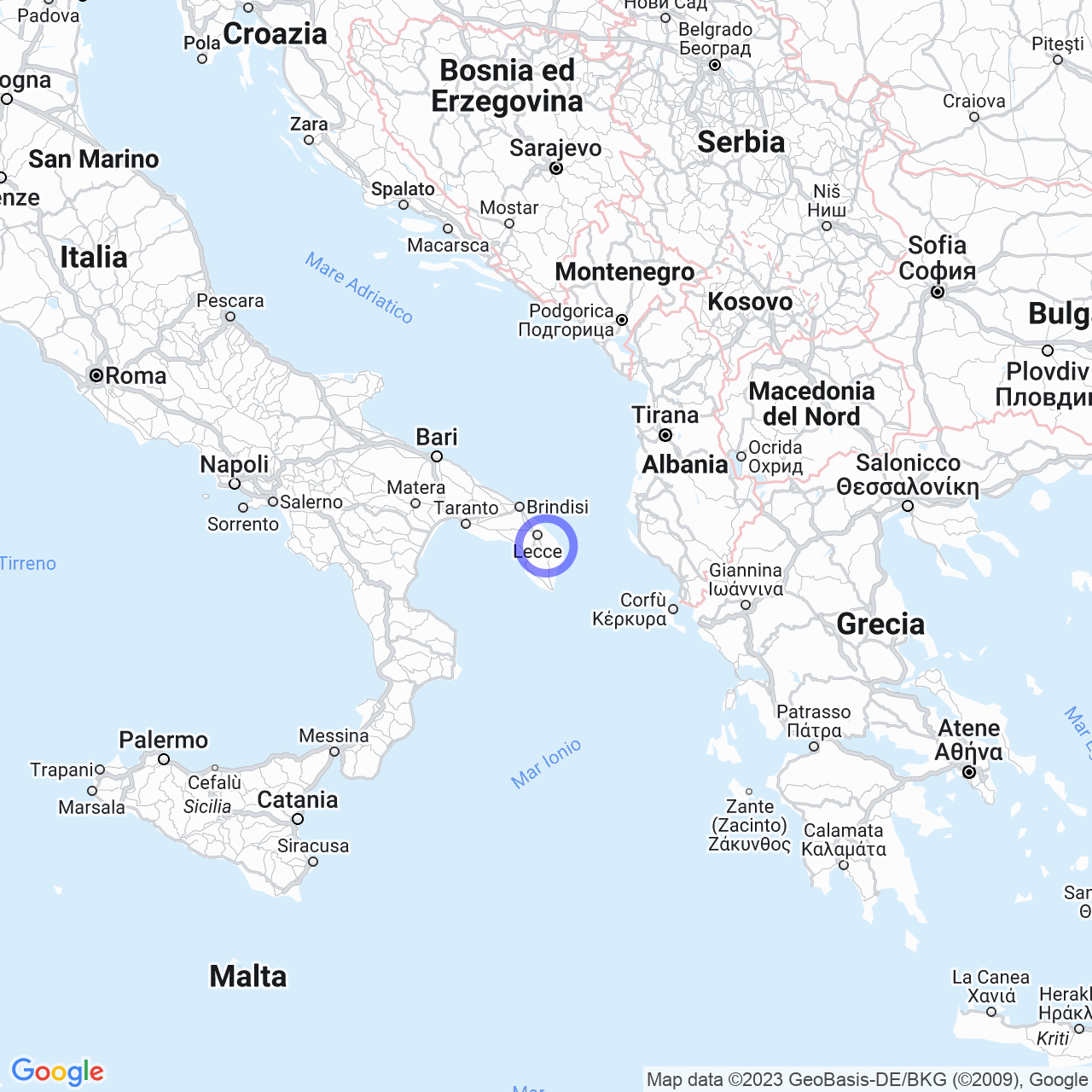Calimera
Welcome to Calimera - the town of "good day"!
Hello everyone! Today I want to talk to you about Calimera, a municipality in central Salento, in the province of Lecce (Puglia) with a population of around 6753 inhabitants. What makes the town unique is its affiliation to Grecìa Salentina, a linguistic island made up of nine municipalities where an ancient Greek language, Lingua Grica, is spoken.
Let's discover the geography of Calimera
The territory of Calimera covers an area of 10.87 km² and is characterized by a flat morphology. The town borders to the north with the municipalities of Castri di Lecce and Vernole, to the east with Melendugno and Carpignano Salentino, to the south with Martano and Zollino, and to the west with Martignano and Caprarica di Lecce. Calimera has a Mediterranean climate, with mild winters and hot and humid summers. Spring and summer are characterized by periods of drought, while rains are frequent in autumn and winter. According to popular proverb, the town is particularly windy during the month of May due to the "winds of Roca".

Where does the name Calimera come from?
The origin of the name Calimera is uncertain. According to some interpretations, it derives from the Greek Καλημέρα ("Kalimera"), which means "good day" or "beautiful countryside" ("kallá meréa" in Greek). Other interpretations suggest a Byzantine derivation from the toponym "cal/gal", also present in the names of other municipalities in the area, such as Alliste and Galugnano. However, the citizens of Calimera believe that the name derives from a saying of the inhabitants of Martano, who owned villas in the area: "pame, pame, ca sìmmeri ene kalì emèra!", which means "let's go, let's go (to the villas), today is a beautiful day!". The name Calimera would then have derived from "kalì emèra".
The history of Calimera
Calimera's origins date back to the Bronze Age, but its importance increased during the Roman Empire thanks to its position on the Traiana Calabra Road, which connected Otranto to Lecce and Brindisi. Over the centuries, Calimera suffered several invasions and conquests, including those of the Normans, Byzantines, and Aragonese. In 1860, the town became part of the Kingdom of Italy.
What to see in Calimera
Despite its small size, Calimera offers several places of historical and cultural interest. Among these, Placa Dolmen and the Specchia dei Mori (known in Grico as "Segla u demonìu") are two megaliths dating back to the Bronze Age, which testify to the presence of ancient human settlements in the area. In addition, the parish church of Maria Santissima Assunta in Cielo, built in the 17th century, has a particular concave façade decorated with stuccoes and Rococo.
Events and traditions
Calimera is famous for its numerous religious festivals and traditions. Among the most important are the festival of the Madonna di Costantinopoli, which takes place on September 9th and involves a procession with the statue of the Madonna through the streets of the town, and the festival of San Vito, patron saint of Calimera, which falls on June 15th. During the festival, citizens prepare a great banquet with local products and organize musical shows and concerts.
Typical food and beverages of Calimera
Calimera's cuisine is influenced by the culinary traditions of Puglia and Salento. Typical dishes include meat bolognese, rice timbale with potatoes and eggplants, and pasta with mussels. In addition, Calimera produces fine wines, such as Negroamaro and Primitivo, which perfectly accompany local dishes.
Conclusions
Here is Calimera, the town of "good day"! I hope this brief virtual journey has helped you to better understand the beauty of Salento. Visiting Calimera means immersing oneself in the culture and history of this corner of Italy, tasting the traditional flavors of local cuisine, and participating in the festivals and religious traditions that animate the town all year round. Thank you for accompanying me on this journey!
